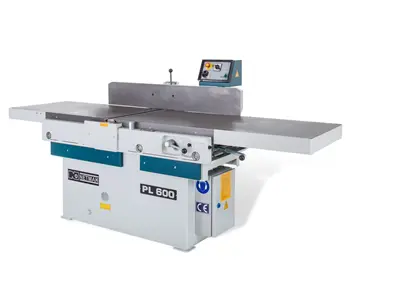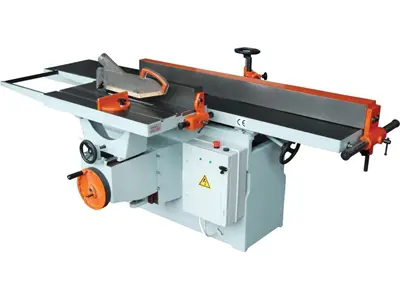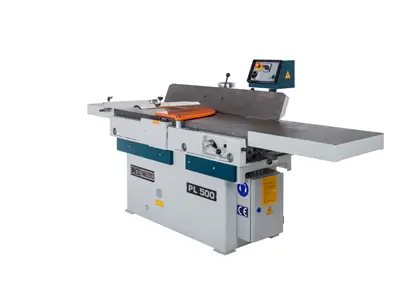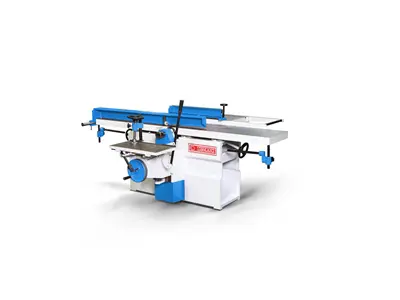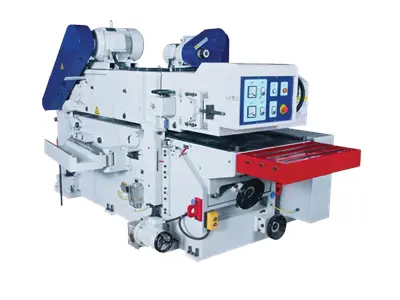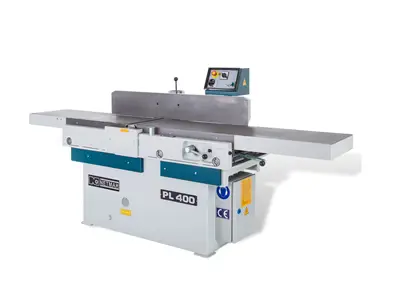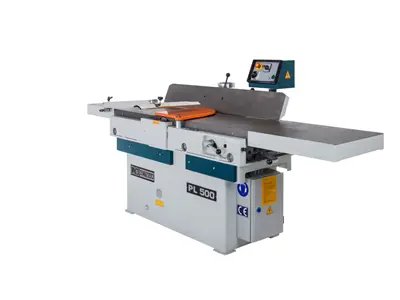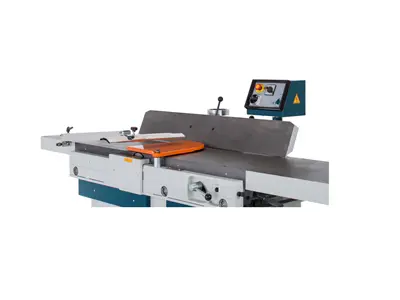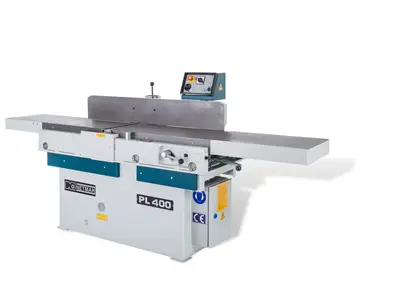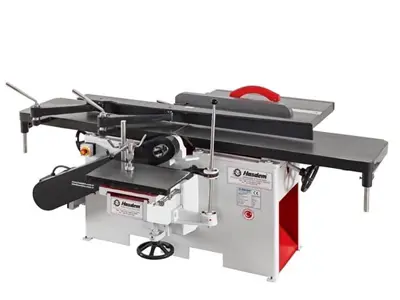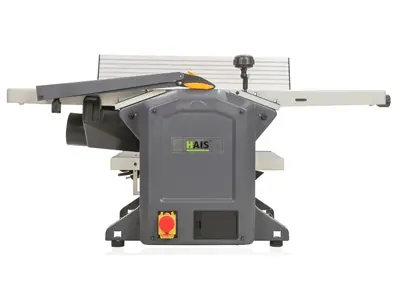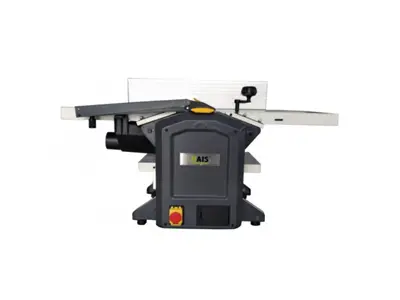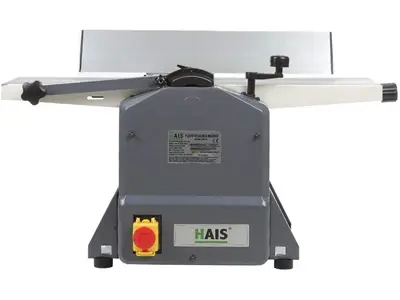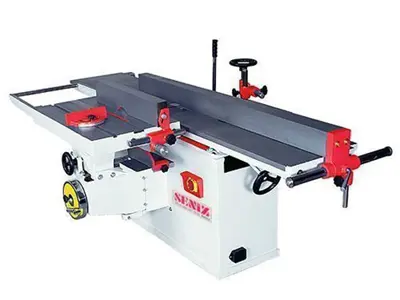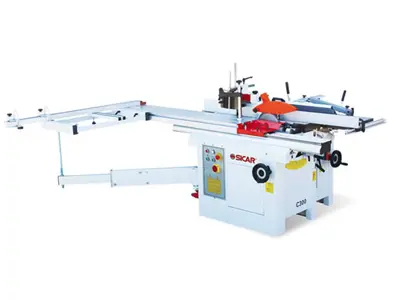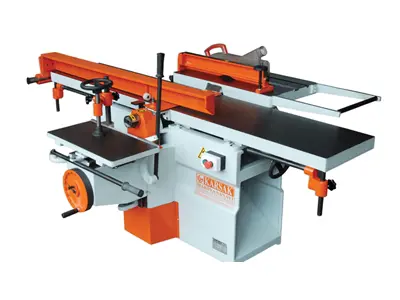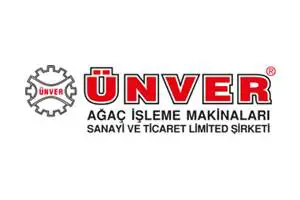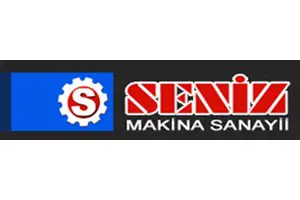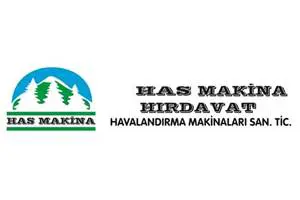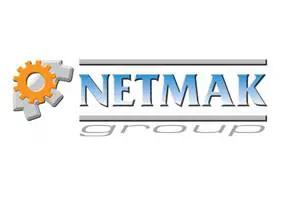What is a Planer Machine?
A planer machine is a device used to flatten, adjust the thickness, or smoothen the edges of materials such as wood or metal. These machines are also known as "planers." The goal of the planer machine process is to achieve a smooth and flawless surface by removing fine layers from the material's surface. A planer machine typically contains a rotating blade or cutter drum and is also known as a "planer saw machine." As the material is pushed or moved against this cutting blade, it shaves the surface and thus creates a smooth surface. The use of a wood planer and thicknesser is widely spread in various applications such as woodworking, carpentry, metalworking, and construction. Planer machines come in various sizes and types, from handheld portable models to large industrial machines and CNC (computer-controlled) planer machines. Each type of planer machine can be adjusted and used to meet the specific requirements of the material. The differences between a planer and thicknesser are as follows.
Wood products have been an essential part of our lives for thousands of years, being used in many areas ranging from tool making at home to clothing production. For this reason, various tools have been developed to process and shape wood. Professions such as carpentry and joinery have gained increasing importance over time, and the tools used in these professions have been adapted to evolving technologies. A planer is one of these tools and is essential in every woodworking shop. Planers are used for rough and fine woodworking and can be used for various purposes. With the advancement of technology, planer machines have become safer. They come in portable and stationary models and their ergonomic designs help users tire less. Planer machines can be found everywhere in woodworking projects.
- Planer Function: The function of a planer is to flatten and smoothen the surface of wooden material to make it smooth and flawless. This is done to remove all curves, fluctuations, and imperfections on wooden boards. The planer blade rotates as it comes into contact with the material surface, shaving off unnecessary wood material to create a flat surface.
- Thicknesser Function: The thicknesser function is used to adjust the thickness of the wooden material. This allows the wooden plank to be brought to the desired thickness. The user can use a handwheel or a similar control mechanism to adjust the thickness of the material.
These machines are widely used in woodworking, construction, furniture making, metalworking, and many other industrial and handcraft applications. For example, you are going to take the thickness of a 30 cm wood. A 30-inch planer machine is an essential tool in many projects where material needs to be smoothed, corrected, and brought to desired sizes. A planer is a tool used in woodworking projects and is used to flatten, mill, chamfer, or round wood surfaces. It helps you to accomplish your woodworking tasks more quickly and easily.
Areas of Use for Planer Machine
A planer machine is a versatile tool used in woodworking and sometimes in metalworking fields.
- Woodworking: Planer machines are widely used in woodworking projects. They are used to flatten, smoothen, and adjust the thickness of wooden boards or planks. They are used in furniture making, production of wooden door and window frames, floor laying, wood carving works, and many other woodworking applications.
- Construction: In construction projects, planer machines are used when wooden beams or planks need to be flattened and have the appropriate thickness. They can also be used to provide a smooth surface where wooden panels or planks are joined together.
- Metalworking: Some planer machines, especially industrial machines, are used in the metalworking industry. They are used to flatten metal plates, prepare their surfaces, or adjust their thickness.
- Woodworking Workshops: In woodworking workshops, planer machines are widely used by carpenters and woodworkers. These machines speed up the processing of wooden material and help achieve smoother and more precise results.
- Restoration and Repair: During the repair or restoration of old furniture or wooden structures, planer machines can be used to flatten old surfaces and restore them to their original appearance.
- Woodworking Hobbies and Handicraft Projects: Individuals interested in woodwork can use planer machines to produce wooden projects for themselves. This applies to hobby and handicraft projects such as wood carving, making board games, or producing decorative objects.
Planer machines are commonly used in woodworking jobs, but they are also used in specific applications in metalworking and construction fields. They are especially important in woodworking because they not only smooth and smoothen the surfaces of wooden materials but also adjust their thickness.
Types of Planer Machines
Planer machines come in various types depending on their intended use and size. You can choose from various types, such as the wood thickness planer machine, according to the needs of your company.
- Mini planer machines are suitable for hobby purposes or small projects due to their portability and ease of use. However, a mini planer machine is not suitable for industrial tasks or processing large wooden pieces. Before purchasing such a planer machine, make sure it meets the requirements of your projects and budget.
- Flat Planer (Portable Planer): The flat planer is one of the most basic types of planers and is usually portable. It is used to flatten and smoothen wooden surfaces. It is commonly used in carpentry projects and woodworking. It is manually moved back and forth on the material.
- Roller Flat Planer: The roller flat planer is similar to the portable flat planer but is designed for larger and industrial use. It is used to correct and smoothen large wooden boards. It moves on rollers and is pushed back and forth by the operator.
- Parallel Planer: The parallel planer is a special type of planer used, especially in furniture production. It is designed to make a parallel and smooth cut to wooden edges. It has a two-blade design that can precisely adjust the dimensions of wooden strips.
- Benchtop Planer: The benchtop planer is a type of planer mounted on a fixed workbench and is not portable. It is used to flatten, adjust the thickness, and correct the edges of wooden boards. It is preferred for projects requiring precise craftsmanship.
- Electric Thickness Planer: The electric thickness planer is used to adjust the thickness of wooden material with precision. It is usually available in portable and benchtop models. It is used in projects such as wooden floorings or furniture production.
- Spiral Cutter Planer: The spiral cutter planer uses spiral or helical cutter blades instead of traditional cutting blades. These blades provide smoother surfaces and produce fewer chips. They are preferred for projects requiring precise craftsmanship.
- CNC Planer Machine: The CNC (Computer Numerical Control) planer machine is an automatic planer controlled by computer programs. It is used to achieve precise and repeatable results in woodworking or metalworking projects. It is widely used in large-scale industrial production.
- Digital Control Planer: The digital control planer is a modern type of planer equipped with digital displays that allow users to make precise measurements. You can digitally control parameters such as cutting depth and thickness adjustment. It provides more precision and repeatability.
Each type of planer machine is designed to meet specific processing requirements and can be selected based on the user's needs for flattening, thickness adjustment, and surface smoothening. For example, if you are dealing with a mass production wood piece job and need a machine to take the thickness of a 20 cm piece, you can eliminate this problem with a 20-inch planer machine.
Planer Machine Prices
Planer machine prices can vary depending on several factors. These factors include machine type, brand, size, power, and features, among other various factors. Planer machine prices Additionally, geographical location and market conditions can also affect prices. When choosing a planer, you should consider what jobs it will be used for. You should pay attention to the content of the product, check for additional accessories or useful tools. When choosing a brand, be careful to compare prices and features. After purchasing the product, you should check for damage.
- Planer machines come in different types to meet various processing needs. There may be price differences among different types such as handheld flat planers, benchtop planers, thickness planers, spiral cutter planers, and CNC planer machines.
- Planer machines from reputable or well-known brands typically come with higher prices due to brand value and quality assurance they offer.
- The size and processing capacity of the machine affect its price. Large and industrial planer machines are generally more expensive.
- Planer machines can have different power levels, and those with extra features may come at higher prices.
- A new planer machine may be more expensive than a used one. However, second-hand planer machines can be found at more affordable prices.
- Prices may vary depending on the country or region. Tax rates, import duties, and demand levels in different countries can affect prices.
In general, the prices of simple handheld planers can be a few hundred dollars or less, while large and feature-rich benchtop planers can reach thousands of dollars. Industrial CNC planer machines can have higher costs. Before purchasing a planer machine, it is important to consider your needs and budget. Additionally, comparing prices from different sellers to find the best option can be helpful. You can get information and purchase the desired product from firms that carry out planer machine manufacturing marketing and sales on makinaturkiye.com.
